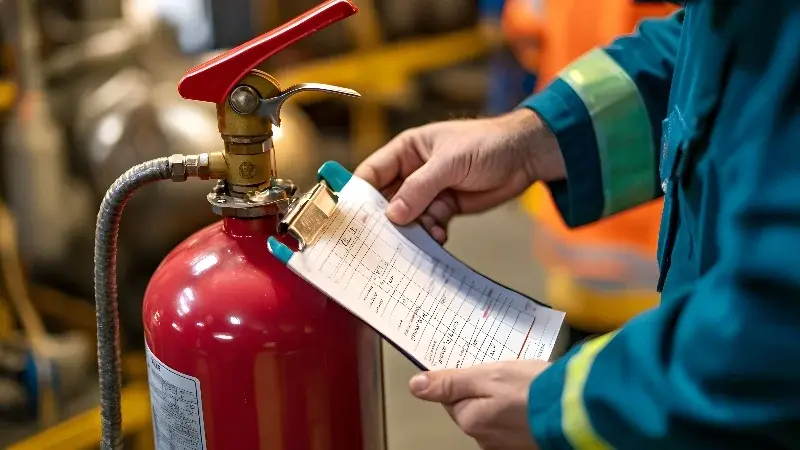Understanding NFPA Standards: The Key to Comprehensive Fire Protection
by Brothers Fire & Security | Dec 20, 2024 | Fire Safety, NFPA Rules | 0 comments

Fire safety is critical for businesses and property owners. The National Fire Protection Association (NFPA) provides over 300 standards that are essential for protecting lives, assets, and preventing potential legal and insurance complications.
The NFPA's standards impact virtually every building, process, service, design, and installation. These comprehensive guidelines ensure that fire protection systems are appropriately designed, installed, maintained, and ready to respond to emergencies. The NFPA also offers courses to help train employees on fire safety procedures.
Key NFPA Standards
Assuring comprehensive fire protection is a complex undertaking. NFPA standards cover everything from design and installation to testing, maintenance,service and monitoring. The goal is to ensure you have the right systems in place and that they are in working order at all times, so there will be an immediate response in any fire emergency.
Here’s an overview of some of the most pertinent standards.
NFPA 10: Portable Fire Extinguishers
NFPA 10 guides the selection and maintenance of hand-held fire extinguishers for immediate response to limited fires. Different types of fire require different suppression:
- Class A fires involve debris such as wood, textiles, or paper
- Class B fires involve flammable liquids
- Class C fires are electrical
Fire extinguishers should be inspected monthly for physical damage and charge levels. Periodic hydrostatic testing is also required, depending on the extinguisher type.
NFPA 17: Dry Chemical Extinguishing Systems
NFPA 17 regulates the use of dry chemical systems. Commonly used in industrial settings, these systems suppress fires involving flammable liquids, chemicals, combustible solids, and live electrical equipment.
The standard covers system components, installation, and maintenance, requiring full performance tests every three years.
NFPA 25: Water-Based Fire Protection Systems
NFPA 25 provides minimum requirements for sprinkler systems in commercial, industrial, and residential buildings. Water-based fire protection may also include fire pumps or standpipe systems. They are designed to stop the spread of Class A fires by cooling the fire and dissipating flammable gasses. NFPA 25 provides minimum inspection, testing, and maintenance requirements.
Key maintenance protocols include::
- Monthly gauge inspections
- Regular checks of strainers, fire department connections, and antifreeze solutions
- Annual professional inspections
- Weekly user-conducted system checks
- Comprehensive testing every five years
NFPA 72: National Fire Alarm and Signaling Code
NFPA 72 oversees alarm systems, ensuring safe evacuation, quick first responder alerts, and "annunciation zones" to pinpoint alarm origins.
Dividing the building into zones enables system monitors to immediately pinpoint the alarm source and direct responders to the fire.
Because every facility is different in size, configuration, and usage, owners should design fire and security systems that address their specific needs.
Fire Safety Confidence and Peace of Mind
While NFPA standards are comprehensive, they are also complex and frequently updated. Each facility has unique requirements, making professional guidance essential.
Our fire protection experts at Brothers Fire & Security can help you design, install, test, monitor, and maintain integrated systems–including fire alarms, fire sprinklers, and fire suppression, tailored to your facility and budget.
Recent Posts
- Hidden Risks: Why Aging Fire Systems Need More Than Just Annual Inspections
- Strategic Security Camera Placement: Maximizing Protection Through Integration
- Why NFPA 72 Makes Integrated Fire & Security Monitoring Systems Essential
- Benefits of a Building Access Control System
- Ultimate Guide to Fire Extinguishers: Testing, Inspections, Maintenance

